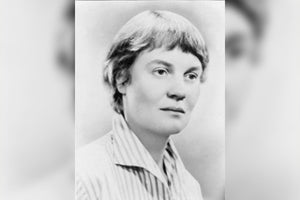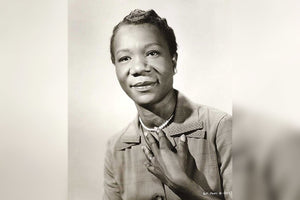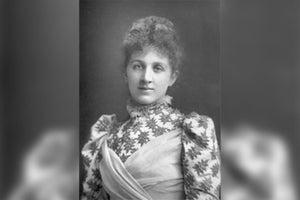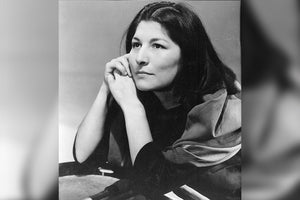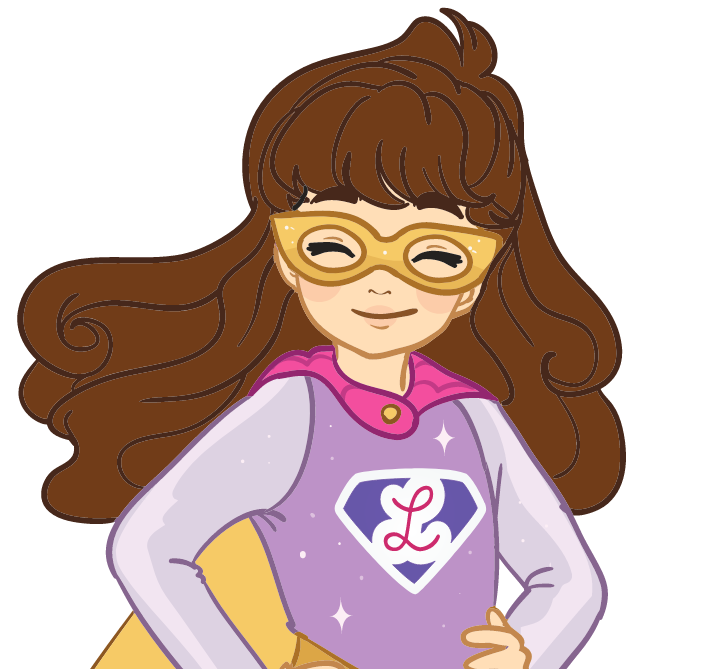Birthday: January 10, 1903
Who Was Barbara Hepworth?
Jocelyn Barbara Hepworth was one of the most famous sculptors of the mid-20th century. Her feelings towards materials and lyrical forms inspired her to develop some of the earliest abstract sculptures in England.
She was born on January 10, 1903, in Wakefield, Yorkshire, England. As a young child, she developed an interest in natural forms and textures and later decided to become a sculptor as a teenager.
She also attended Leeds School of Arts, where she became a close friend of Henry Moore. Their friendship would prove to be incredibly influential in the development of sculptors.
Five Facts About Barbara Hepworth
- Barbara Hepworth went to the Leeds School of Arts. She also studied under Giovanni Ardini, who was then known as the master sculptor.
- In 1960, Hepworth purchased a cinema building which she changed into a studio
- She made sculptures using brass, bronze, stone, and wood. She is also known for having produced some oil pieces and a series of prints and pencils
- Some of her famous works include: Pelagos (1946), curved forms (1956), pierced form (1932), and square and two circles (1963)
- Some of her most fantastic memories included journeys towards the countryside. She also loved shapes formed by roads, fields, and hills.
Inspirational Quotes from Barbara Hepworth
“The sculptor carves because he must. He needs the concrete form of stone and wood for the expression of his idea and experience, and when the idea forms the material is found at once.”
From the Sculptors point of view one can either be the spectator of the object or the object itself. For a few years I became the object.”
“I think every sculpture must be touched, it’s part of the way you make it and it’s really our first sensibility, it is the sense of feeling, it is first one we have when we’re born. I think every person looking at a sculpture should use his own body. You can’t look at a sculpture if you are going to stand stiff as a ram rod and stare at it, with a sculpture you must walk around it, bend toward it, touch it and walk away from it.”
Barbara Hepworth Biography
Childhood and Early Life
Hepworth was the first child of Herbert Hepworth and Gertrude. As a child, she would often accompany her father on various trips around the Yorkshire countryside. Additionally, most of her holidays were spent at Robin Hood’s Bay.
During her childhood, she developed a deep connection with rural settings, which inspired her works. She first studied at the Wakefield Girls’ High School, and in 1920, she received a scholarship to study art at the Leeds School of Arts.
While studying at Leeds, she met fellow student Henry Moore, who would later influence the practice of both artists throughout their careers. They also studied at the Royal College of Art in London, frequently visiting Paris together during their free time.
Career and Later Life
In 1924, she won a West Riding Scholarship, which allowed her to spend most of her time traveling overseas. She spent most of her time in Florence, Italy, where she learned about early Italian Renaissance Art and Romanesque architecture.
In May 1925, at Florence’s Palazzo Vecchio, she married Skeaping, a fellow artist specializing in animal sculptures. The two later moved to Rome, where Hepworth learned to carve marble under her tutor’s, Giovanni Ardini, guidance while Skeaping was still a scholar at the British school.
However, in 1926, the couple went back to London due to Skeaping’s poor health. Hepworth would later divorce Skeaping and marry Ben Nicholson.
Her earlier works featured simplified and naturalistic details. However, her more formal elements gained significance in early 1930. Some of her abstract works, such as reclining figures, were carved from natural stones and rounded forms.
In the 1930s and 1940s, she paid more attention to mass and space in her sculptures. Then, in the 1950s, Hepworth came up with a popular experimental series known as the Groups.
In the decade that followed, she made sculptures with tall heights, some of them approximately 6 meters high. One of her best works in these series included the Four-Square Walk-Through, which she created in 1966.
Inspirations
Instead of coming up with artworks that resembled things or people, Hepworth began to develop drawings and sculptures with abstract shapes. She was inspired mainly by the world around her and nature.
As a child, she would drive through the countryside with her family, and the shapes of the hills, roads, and fields became the source of her inspiration. As an artist, she tried to capture the modern world and ancient landscapes in her artworks.
Achievements
Barbara is regarded as one of the few women artists who achieved prominence through various works of art. Her artwork represented modernism, specifically modernist sculpture. She was also a vital figure among the group of artists who lived in St. Ives.
![]() Fast Shipping
Fast Shipping![]() Subscribe to our Newsletter
Subscribe to our Newsletter![]() 🌟 New Global Competition 🌟
🌟 New Global Competition 🌟











